単語集
| 細胞 | cell |
| 細胞分裂 | cell division |
| 体細胞分裂 | somatic cell division |
| タマネギ | onion |
| 染色する | dye |
| 塩酸 | hydrochloric acid |
| 酢酸オルセイン | acetic orcein |
| 染色体 | chromosome |
| 細胞板 | cell plate |
| 核 | nucleus(複:nuclei) |
| 生殖 | reproduction |
| 無性生殖 | asexual reproduction |
| 有性生殖 | sexual reproduction |
| 分裂 | division |
| 出芽 | budding |
| 栄養生殖 | vegetative reproduction |
| 卵(らん) | egg |
| 精子 | sperm |
| 卵巣 | ovary(複:ovaries) |
| 精巣 | testis(複:testes) |
| 生殖細胞 | sex cell |
| 受精 | fertilization |
| 受精卵 | fertillized egg |
| 胚 | embryo |
| 発生 | embryogenesis |
| 花粉 | pollen |
| 花粉管 | pollen tube |
| 卵細胞(植物) | egg cell |
| 精細胞(植物) | sperm cell |
この単元では、生物の殖え方と遺伝の仕組みについて学ぶ。
ここで重要なのは、生物が遺伝子という「設計図」に基づいて構成されたり、増殖することを理解することである。
それを理解することによって、生物のみならず物事には設計図があり、むやみに組み立てられているものではないことを知ることができる。
またこの単元では、実験や観察が多く設定されている。
塩酸や刃物など危険を伴う実験もあるので、英語で指導する場合、どこまで危険性を正確に伝えることができるかが重要である。
In this unit, students will learn about how organisms reproduce and how heredity works.
It is important to understand that organisms are constructed or propagate based on a "blueprint" called genes.
By understanding this, students will learn that not only living organisms but also other things have a blueprint and are not randomly assembled.
In this unit, there are many experiments and observations.
Some of the experiments involve hazards such as hydrochloric acid and knives, so it is important to be able to accurately convey the dangers when teaching in English.
Translated with www.DeepL.com/Translator (free version)
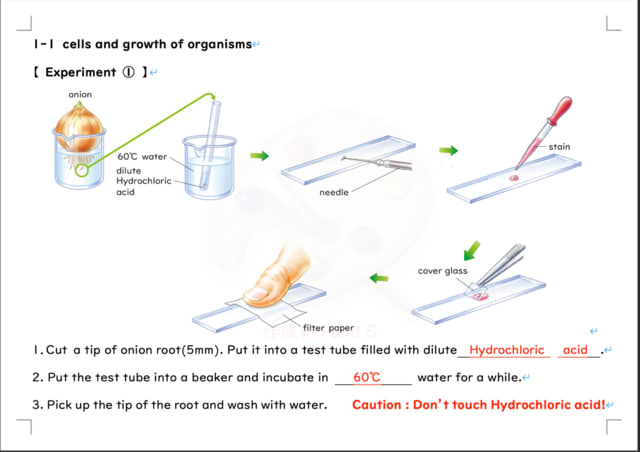
↓タマネギの根端細胞の観察と体細胞分裂 Observation of the cell of Onion root tip and Somatic cell division
http://science-english.punyu.jp/files/uploads/Bio1-1 答え入り.pdf
タマネギの根端細胞の観察では、細胞の中にある構造を知り、その構造物にはそれぞれ特徴と役割があることに気づくことが大切である。
特に酢酸オルセインを用いているから、核の特殊性に注目させたい。
核は遺伝情報(DNA)の蓄積と、その発現の管理を行っている。
細胞構造はすでに2年生で勉強しているので、ここで核を染色するのは核の変形に注目させるためである。
細胞分裂の際には核膜が消失し、核内のDNAが染色体として分裂しやすい形にまとまりになっている。
細胞分裂の観察では、さまざまな染色体の形にも注目させたい。
ちなみに、染色体の形ごとに分けられた分裂期の名称については、高校で勉強することになっている。
When we observe the onion root tip cells, it is important to know the structures in the cells and to realize that the each structure has its own characteres and roles.
The nucleus are dyed by acetic orcein because of their peculiarity.
The nucleus store genetic information (DNA) and manage expression of DNA.
You already studied the structure of cells, but you can see some changes of nucleus shape by dy staining.
During cell division, nuclei lose nuclear membrane. Also DNA in nuclei forms as chromosomes and will be able to divide easily.
When you observe cell division, you can see some shapes of chromosome.
By the way you will study name of chromosome shape in each stage in high school.
生殖とは、生物が自分と同じ形や性質が同じ子を作る働きのことである。
生殖には無性生殖と有性生殖があり、無性生殖では受精を行わず、有性生殖では受精を行って子をつくる。
無性生殖には分裂や出芽、栄養生殖といった方法がある。
All organisms do "reproduction".
In reproduction, they make offsprings which have same shapes and properties.
In sexual reproduction, male and female fertilize their sexual cells and make offsprings.
Onthe other hand in asexual reproduction, organisms make offsprings without fertilization.
Split(division), budding and vegetative reproduction are asexual reproduction.
動物の有性生殖では、メスの卵巣で卵(らん)が作られ、オスの精巣で精子が作られる。
卵や精子のことを生殖細胞という。
精子が卵の中に入ると、精子と卵の核が合体し、受精卵ができる。
これを受精という。
受精卵は細胞分裂を行って胚になる。
受精卵が胚となり、成体になる過程を発生という。
In animal sexual reproduction, female make eggs in her ovaries and male make sperms in his testes.
Ova and sperms are sex cells.
When a sperm enters into egg, nucleus of the sperm combines with nucleus of egg and forms fertilized egg.
This is fertilization.
Fertilized egg starts somatic cell division to be embryo.
The process which fertilized egg grows to become adult via embryo is called embryo genesis.
植物の有性生殖では、胚珠の中で卵細胞が作られ、葯の中で精細胞が作られる。
花粉が柱頭につくと花粉から花粉管が伸び、その中を精細胞が通って卵細胞に運ばれる。
卵細胞の核と精細胞の核が合体すると受精卵となり、細胞分裂をして胚になる。
胚はさらに成長して生体となる。
これを発生という。
胚が成長するのと同時に、胚珠は種子に、子房は果実に成長する。
In plant sexual reproduction, plant makes an egg cell in its ovule and two sperm cells in its stamens.
When a pollen grain puts onto stigma(pollination), a pollen tube grows from pollen grain to egg cell.
Two sperm cells go through in the pollen tube and reach the egg cell.
The nucleus of sperm cell combines with the nucleus of egg cell and they become one fertilized egg.
The fertilized egg grow and become an embryo and an adult plant.
This is its embryo genesis.
At the same time, an ovule becomes a seed and an ovary becomes a fruit.
ある生物が持つ特徴を形質という。
親の形質が子に伝えられることを遺伝という。
遺伝は染色体の中に含まれる遺伝子が親から子に伝えられることによって起こる。
1つの体細胞の中に同じ形と大きさの染色体が2本ずつペアになってあり、それらは父親と母親から1本ずつ受け継がれている。
ヒトの体細胞には染色体が23対ある。
A character of an organism is called "trait".
The heredity is that parents pass their traits to their baby.
The heredity cause that some genes contained in parents' chromosomes pass to their baby.
There are same shape and size chromosomes in pair in a body cell and one of pair is from its father and other is from its mother.
There are 23 pairs in human's body cell.
無性生殖の場合、親と子は同じ遺伝子を持つ。
体細胞分裂と同じ方法で遺伝子が子に伝わるからである。
In asexual reproduction, a parent and its child have same genes because the parent divide its genes(chromosomes) by somatic cell division.
有性生殖の場合、親はまず生殖細胞をつくる(減数分裂)。
生殖細胞は染色体の数が体細胞の半分になっていて、 これらの生殖細胞を組み合わせることで子をつくる(受精)。
子は父親と母親の両方から遺伝子(形質)を受け継ぐので、両親とも違う形質を発現する。
このように有性生殖では、多様な形質をもった子が生まれる可能性がある。
In sexual reproduction, parents make sex cell by meiosis.
The number of chromosome of each sex cell is half of body cell and parents produce their baby by combining their sex cells (fertilization).
The baby takes over genes(traits) from both its father and mother so has new traits different from its parents.
In this way, babies with diverse traits would be born.










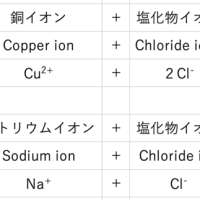
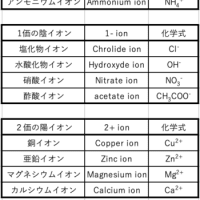
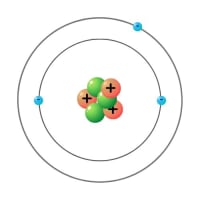


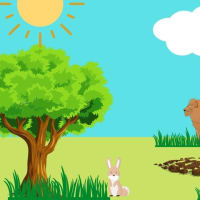


※コメント投稿者のブログIDはブログ作成者のみに通知されます